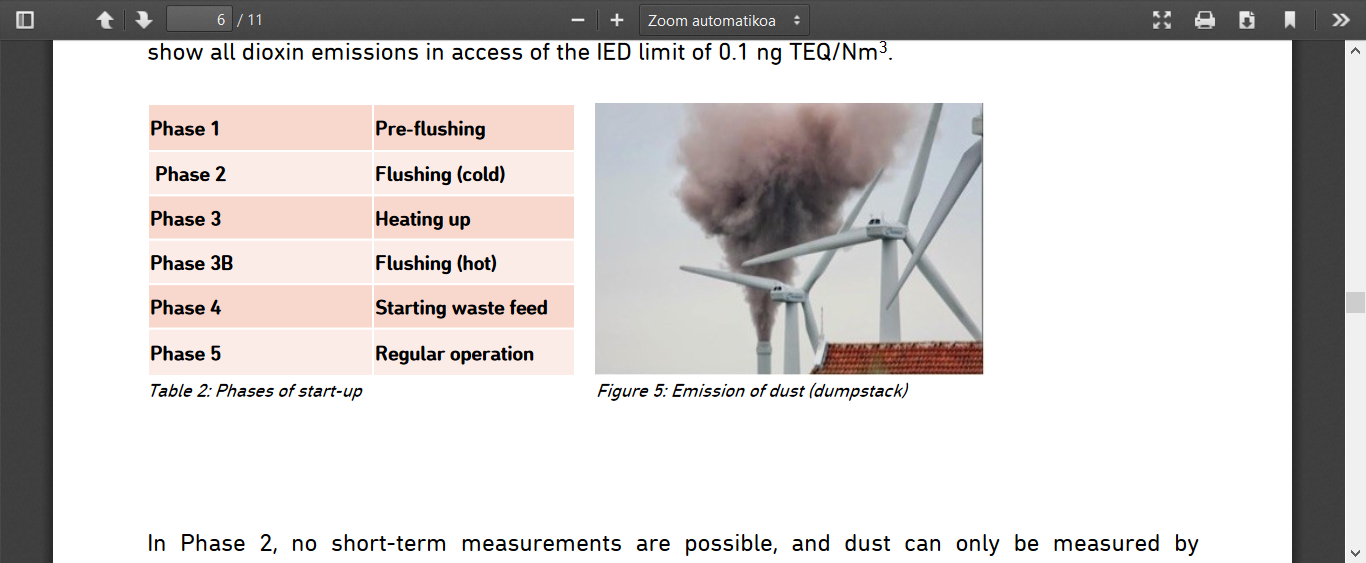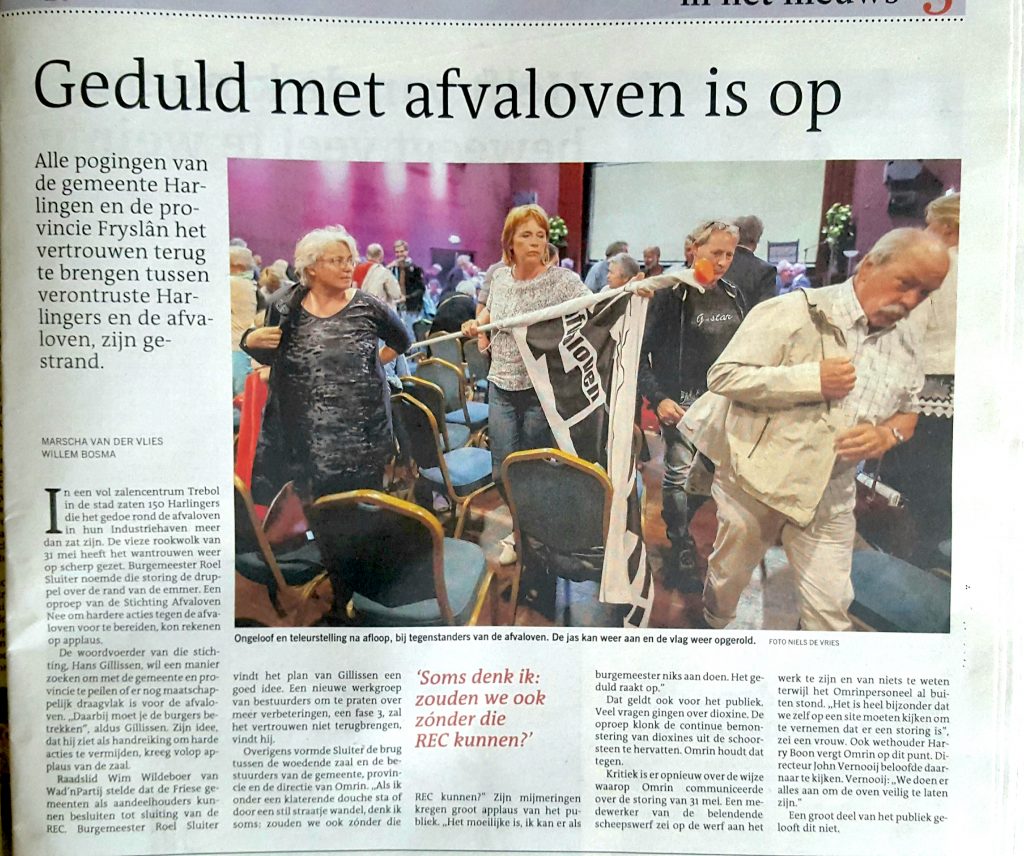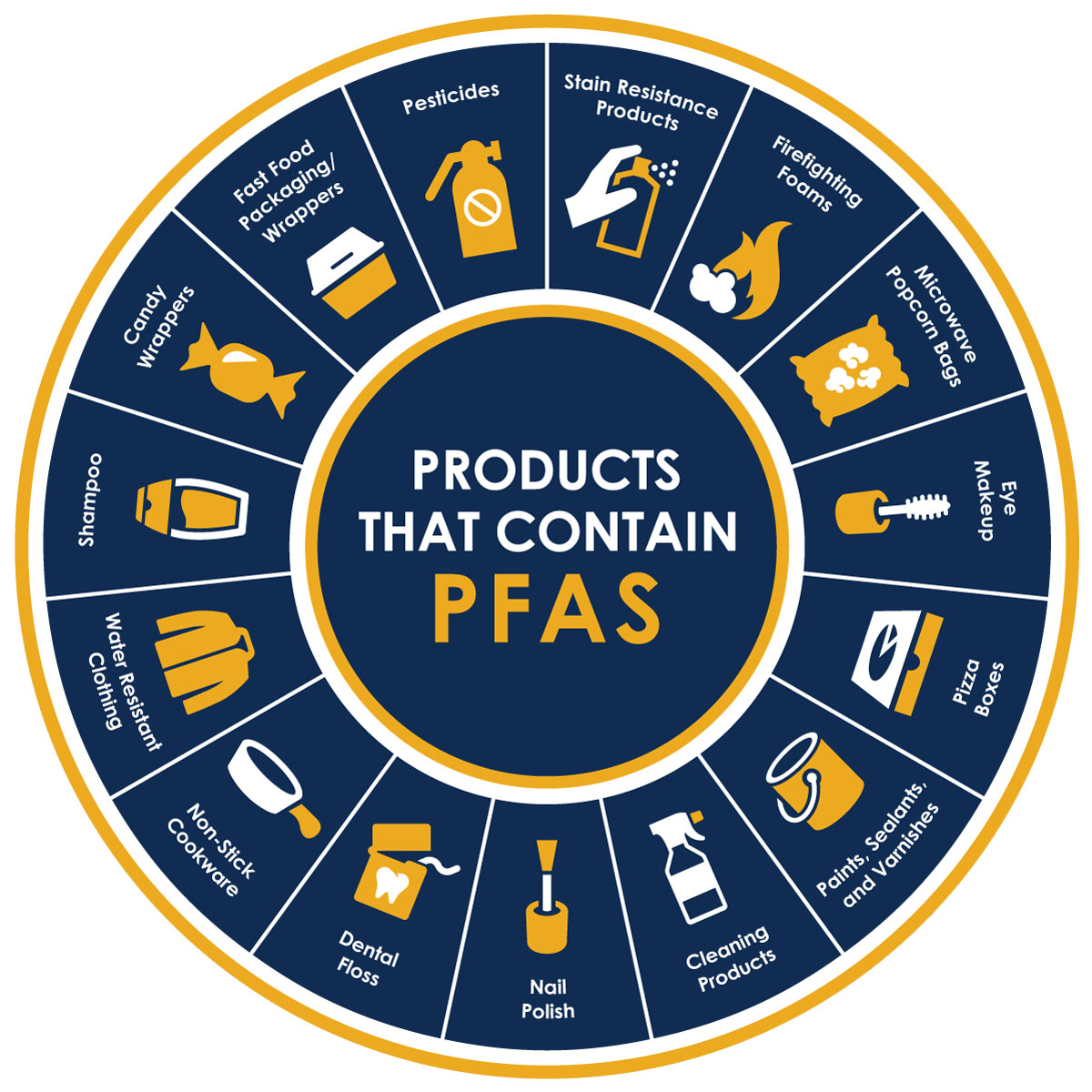Dioxinagate: this pollutes the most recent incinerator in the Netherlands
- On the date of its launch in 2011, the Dutch Government proudly stated that the Harlingen incinerator is one of the most leading state of the art in English. Soon, however, independent studies showed that it spills much more dioxins, furans and other pollutants than those recognised by European law. Last October, the area’s neighbours returned to protest at the deceit suffered by the area’s neighbours.

The Energie Centrale (REC) of Reststoff in Harlingen is the most recent of the 13 incinerators in the Netherlands. The Minister of Economy said at his inauguration in 2011 that he was the best in Western Europe, the leading in cutting-edge technologies. At first I just had to burn the garbage from the houses of Frisia. But from every corner of the Netherlands the waste began to arrive, adding to the houses the industrial waste, the sludge from the sewage treatment plants, etc.
The problems soon appeared: In 2013, the independent organization ToxiWatch discovered a large concentration of dioxins and furans in chicken eggs within a radius of up to 2 kilometres around the incinerator. In the eggs of more than 50% of Dutch chickens the levels of dioxins are below the limits, while in the vicinity of the so-called Omrin incinerator, all the eggs contained dioxins much more than the laws allowed. Dioxins were also found in the grass around.

Subsequent studies have shown that the dioxins found in herbs and eggs are identical to those found in the incinerator fireplace gases, i.e. from the incinerator plant. But how can the new incinerator, which is clearly seen in the controls that the government has entrusted to it, be really polluting?
The key is in the samples used for the control of incinerators. In most cases, the authorities ask twice a year to test the samples collected in 6-8 hours, under previously known conditions. But long-term samples are not used. When the ToxiWatch study caused the alarm of the eggs with dioxins, the regional government of Frisia ordered long-term controls for the first time and soon contradictions emerged between the results of both measurements.
The usual controls of the most modern incinerators only show what happens in 0.2% of the annual day. Conversely, when long-term samples were analysed during 20.139 hours of the year, a hidden source of contamination was explained: incinerators often produce accidents or special situations which the owners call “outliers” and where many dioxins, furans and other uncontrolled pollutants are emitted.

The Harlingen oven was extinguished 12 times between August 2015 and December 2017 and ignited in as many times, exceeding at least seven times the contamination limits. Since its launch in 2011, and officially recognised, it has suffered over 60 episodes of extinction and reactivation. On the contrary, according to the official short-term controls, the incinerator never exceeded the limit of contagion during this period. However, the new control system was not suitable for the company and in 2017 it suspended these long-term controls, contrary to the will of the citizens of the area and of the Frisian authorities.
The ToxiWatch study has shown a more uncomfortable truth than the public does not know: incinerators have a de facto unrecognised permit to pollute without control, in very special operations to expel fumes from the furnace without filters, by-pass or bunching to the filters that should trap pollutants.
Slots handed over by the pastor to the wolf
In technical English they are programmed the filter bypass mode, abatement bypass and dump stacks for when you have to pass too much dust through the fireplace. At these stages, even the control established at the request of the Frisian Government, called AMESA, was interrupted in Harlingen. Specifically, of the 20,139 hours they wanted to control, AMESA remained suspended at 1,496 hours – one of 10 hours, that of October in 200 hours – and it was precisely at those times that the incinerator emitted most of its pollutants without filter.
This may explain that Harlingen’s neighbours complain that their homes, cars, roads and orchards are stained with black ashes… officially when the incinerator cannot emit dust with its modern filters. ToxiWatch, for example, measured 73 kg of ash in one of the ciérvese periods, although only the company claimed 2 kg.

According to research author Abel Arkenbout, when it comes to lighting furnaces without garbage “even if it is forbidden to emit without filters, the standard of conduct is for an economic reason: changing the filters is a expensive operation”. And that's really hard to punish, because all emissions happen without control, almost always at night, and hardly visible in the environment.
But invisible dioxins, rather than dirty ashes, are the cause of concern for all. According to ToxiWatch, an incinerator can emit between 5 and 10 mg of dioxins during a cold period equal to or greater than 5 mg that is allowed to incinerator year round. It can also emit much more dioxins if the furnace’s garbage is very wet or composed of particularly polluting materials.
And also, uncontrolled emergency spills. In 2018, aid to firefighters in Harlingen had to be requested more than once, after losing control of the fire. “And yet, the incinerator would be able to defend its emissions in the courts, because they have occurred in exceptional circumstances: the rules are not in force but in normal situations.”

On behalf of the authorities, first ToxiWatch and then the National Institute of Public Health and the Environment have shown with unconventional studies that the Harlingen incinerator emits: PCB dioxins – found in eggs, milk, herbs and soils in the area –, brominated dioxins and PBDD furans, other dangerous organic pollutants derived from poor calcination process, black roofs with the presence of hazardous aromatic hydrocarbons of PAH on the roofs, lands and waters of the area.
In Harlingen, there is also a question of what the advocates of incinerators regard as dogma. According to the official literature, when burning all garbage masses to interrupt dioxin emission, it must remain at least two seconds in the post-oven store at 850ºC or more. But on a daily basis, they don't get it at the most recent plant in Holland. Control measurements performed by TÜV Rheinland EG in 2017 showed that Harlingen's does not guarantee this condition.
As the manipulations of Wolkswagen revealed the Dieselgate, Omrin de Harlingen can be the starting point for a Dioxinagate. For the time being, the incineration industry continues to pour the most dangerous pollutants on the environment and people, as the limited controls agreed with the authorities are designed to conceal fraud in the eyes of the public.

Zero Waste Europe-k (ZWE) Espainia, Txekia eta Lituaniako hiru erraustegiri buruz argitaratu duen ikerketa berri batek egiaztatu du instalazio horien inguruetan kutsadura maila handia dagoela, eta hori arriskutsua litzateke ingurumenerako eta gertu bizi diren pertsonen... [+]
Zumarragan 2023 amaierarako eraiki nahi duten plastikoak tratatzeko plantan pirolisia erabiliko da olioa lortzeko (takoil), eta olio hori plastiko berria eta erregaiak egiteko erabiliko da. "Hondakin solidoak errez erregaia sortzen du, eta Europar Batasunaren beraren... [+]
Bergarako Udalaren webgunean irakur daiteke albistea izenburu honekin: 200 langileko kooperatiba batek Bergaratik joatea erabaki du Valogreene-k bertan ezarri nahi duelako hondakinen planta. "Paper-industriaren hondakinen tratamendurako planta Bergaran ezarri aurretik,... [+]






















